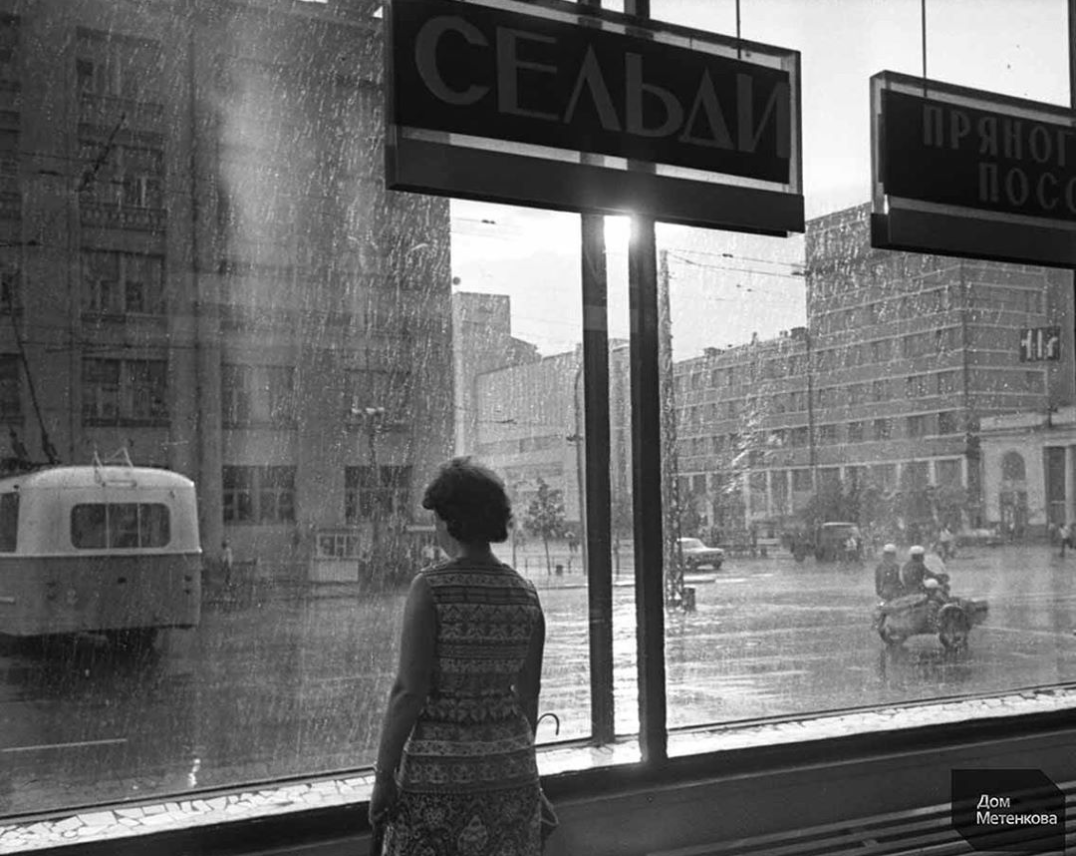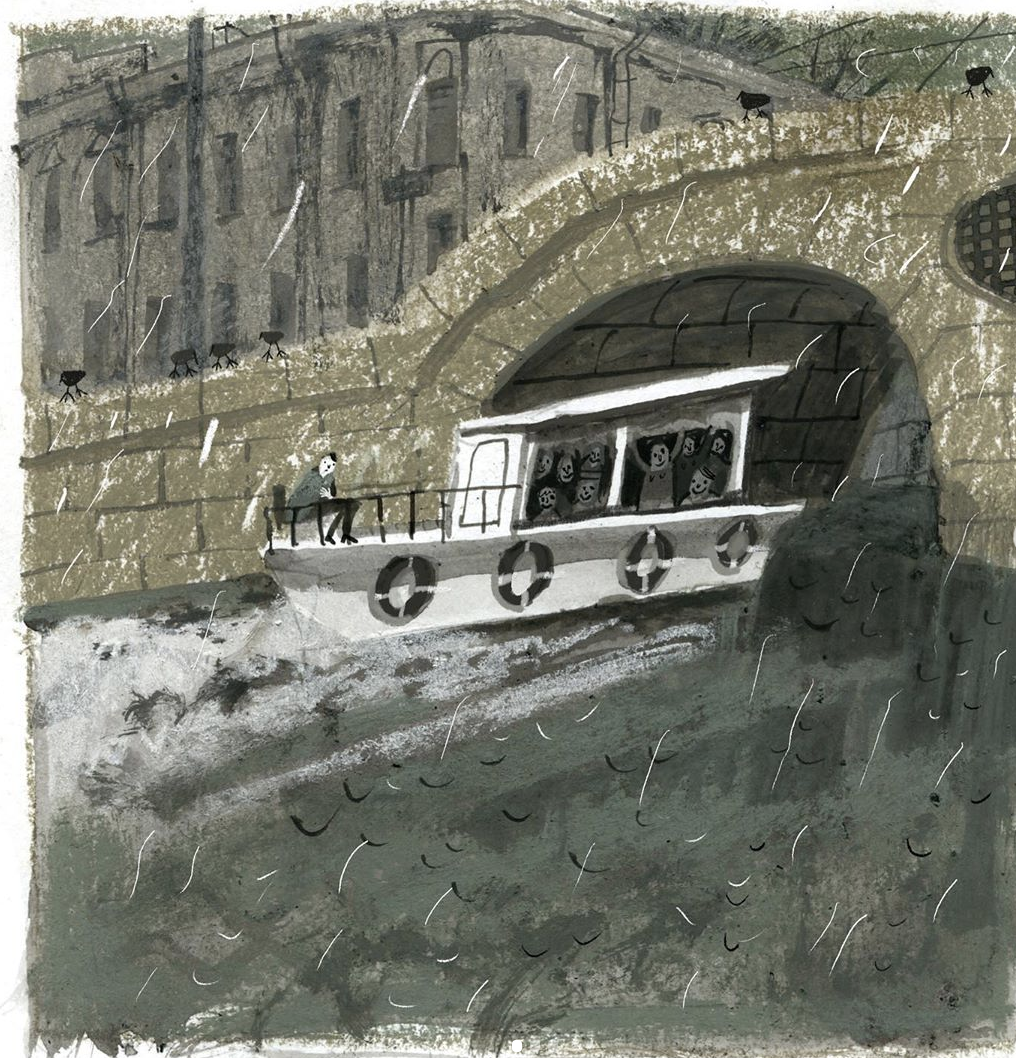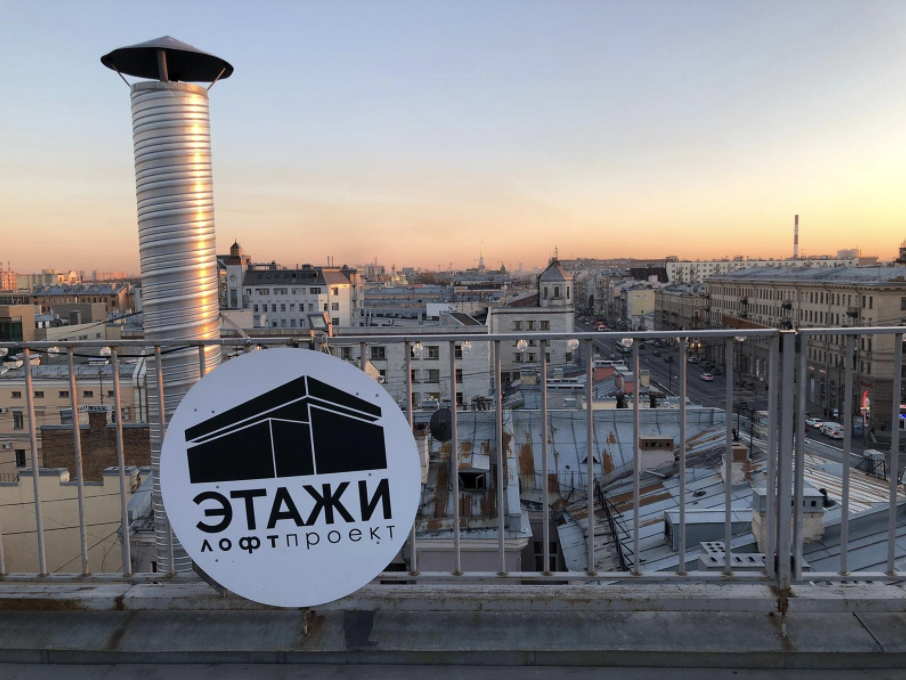Russia all around : creative cities 3/3
The moment you’ve all been waiting for.
This series has been inspired by the inaugural Russia Creativity Week (Российская Креативная Неделя) that took place between 7 - 10 September 2020 across Russia and 11 - 13 September in Moscow’s Gorky Park. Its mission? To strengthen the self-identity of the Russian creative industries and to realise the economic potential of creativity and creative partnerships in Russia. At ArtyGeneration, we’re also expanding our focus to Russia’s less well-known cities, including many of those featured here. As part of the Creative cities: creative capital series, we’re publishing three articles that take you through the cities featured in PwC and the Calvert 22 Foundation’s creative capital index. Check out the google map of Russia’s creative cities and read on to find out more about the top five.
What are the cities in the top five?
Most of this list isn’t a surprise, but looking at the index gives us another glimpse of their strengths and weaknesses. None of these cities, for example, made it to the top five for the research and education infrastructure for training creative professionals, or for the status of the creative class. Most of the cities (except for Novosibirsk) rank highly for the sense of a creative community, Let’s talk through the top five and see what makes them stand out in the rankings for creative capital.
5: Novosibirsk
Russia’s third city is two days by train from Moscow but for many of those living in European Russia, it’s like the other side of the world. No-one goes for the architecture - the city is as good as its name, New Siberia - but it’s a liveable city with a decent cultural ecosystem, including Loft Park Podzemka, art market initiative Dern, the city-hall-led cultural centre TsK19, and the centre of design, and loft, Melnitsa. The not-for-profit initiative The Floor brings together artists of different genres, and Art El hosts the creative youth of the city. Spaces have sprung up to meet the new creative economy, like the ‘lecture-bar’ Potok. It takes third place in the ranking for the influence the creative sector has on the local economy. With a strong performing arts legacy, the Bolshoi Theatre of Novosibirsk is bigger than Moscow’s own theatre, but as a local once told me, no-one in Moscow will admit that. Akademgorodok, hailed as Siberia’s Silicon Forest and education, innovation and scientific hub, is close by. Perhaps this explains Novosibirsk’s top place for expertise in research. It also ranks first place for government openness.
Street art by Marina Yagoda at Melnitsa
4: Yekaterinburg
Infamous for the Ural Industrial Biennial of Contemporary Art, organised by the Ural branch of the National Centre for Contemporary Art, and the Yeltsin Centre, you can find plenty of smaller art galleries and museums, like Dom Metenkov, and independent creatives like photographer and multimedia artist Lyuda Kalinichenko. Slava PTRK, who was featured on ArtyGeneration, welcome every year street artists from all across Russia to criss cross his city with the Carte Blanche festival. According to some, in Ekaterinburg you can find the future of Russia, in how the city is stopping the exodus of its young people, who in turn are addressing big social issues in their locality. Yekaterinbug scores highly on nearly all of the indicators for creative capital, except for government, where it only scores well on support for culture and for small-medium enterprises.
3: Kazan
Also featured on the Calvert Journal ‘The New East’ app, Kazan invests in its heritage and lingual diversity, met with great bars and an emerging creative scene (with galleries like the Smena Center for Contemporary Culture and the Gallery of Modern Art). How it communicates its creative potential might explain the city comes third in the index for branding. Visit the Alfuzov Factory, the city’s creative loft space in a former factory, around 5km from the city centre. It hosts a busy programme of performances and exhibitions as well as offering creative working spaces, and reports a great view from its rooftop. Kazan is easily reached by train from Moscow within half a day. Headquarters (Щтаб) is the city’s creative business space, offering co-working, spaces for events, and a creative laboratory. Kazan also scores well across the creative capital index, with second place for the standard of general higher education and first place for primary education. However, it could improve its government ranking as well. Kazan ranks third after St Petersburg and Moscow in terms of its creative infrastructure.
Photo by Yura Ukhorskiy
2: St Petersburg
Sometimes called the cultural capital, St Petersburg’s European influences drive an outward-looking, progressive and hipster young population. It’s reportedly much more affordable than Moscow, it has a great culinary offer and its unmaintained building facades contribute to a feeling of being in an emerging creative cluster. There are too many creative spaces and initiatives to name here, so we encourage you to go and explore yourself. On ArtyGeneration, read Anna Nova and Katya Bruskina’s interviews to get a feeling of the city.
First place: Moscow
The ranking put Moscow in first place amongst its Russian city peers. This isn’t so unexpected. What is interesting, however, is that Moscow and St Petersburg are rivalled on many fronts by cities you rarely hear about in terms of their creative potential. This shows that we have to keen our eyes and ears open for cities like Khanty-Mansiysk, Yakutsk and Krasnodar (and all the others we review in the earlier articles). There’s a lot more to Russia’s creative potential - recently we learned that the creative share of Russia’s GDP is estimated at 4.37%, and as a result, some are arguing that the creative industries should be seen ‘an economic object and as an economic process, and not [just] as the activity of individual artists’.
As the capital of Russia, how does Moscow rank internationally?
The index also measured how Moscow fared in comparison to its international comrades, and that’s what we focus on here. The data are pretty interesting. They show great growth potential, hampered by the urban environment.
The flow of people and ideas coming through the capital is huge...Nowhere else in Russia can claim such a comprehensive list of factors necessary to spearhead a city’s creative development – institutional support, specialist education, a liveable urban environment, social engagement, cultural openness and economic diversification.
Between 2012-2015, Moscow was estimated to have experienced creative growth of almost 36%, compared to other cities like Berlin, with 17.70%, and Seoul, with a negative contraction of -1.45% in 2015. It is any wonder then, that finally, Russia finally begins to celebrate the breadth of its creative growth and a desire to bring the industries together into one more cohesive understanding of the creative industries, from architecture to TV, fashion to new media, in the forthcoming inaugural Russian Creativity Week. Moscow’s cultural life is rated close to that in London, and in the charts, beats Sydney, Seoul and Hong Kong. Its people are educated (beating New York, London, Sydney and Helsinki) and it has the highest levels of cultural engagement across all the surveyed international cities. In general, it fares well on business rankings, particularly relating to the scale of creative business, compared to others, and it ranks highest for quality of life. Check out the Moscow mapping.
The creative industries today are one of the most dynamic sectors of international trade.
But what’s missing?
Litterary map of Moscow by Yuri Gordon
Overall, Moscow ranks lowest of the compared cities. While it is as strong, or stronger, than other cities in some ways, Moscow ranks low for creativity and openness and tolerance scores. It has the lowest score of all cities in terms of open government and government support for creative business. Its branding needs further work, as Moscow has comparatively low scores for creative brands, the city image and the cultural offer. A weak research and education infrastructure undermines creative potential.
The urban environment is also ranked the lowest out of all surveyed cities, and this is important. But what needs to change, exactly, and how? We’re sure this will be discussed at the next Moscow Urban Forum that will be held in July 2021 and that will focus on the concept of ‘Superstar cities’.
What’s next?
We’ve counted through 25 of Russia’s creative cities (check the previous articles, cities 25 to 16, and 15 to 6 in the ranking) and shown you some highlights of some of the great art and culture happening there now. Next, we’ll focus on the challenges and opportunities of Russia’s regional creative development, and share some of our ideas about what the trends will look like.
Title photo by Fleur-Eve Le Foll. Thanks to Valeriy Klam (Novosibirisk native and photographer) and Aysylu Mutigullina for their insights.












